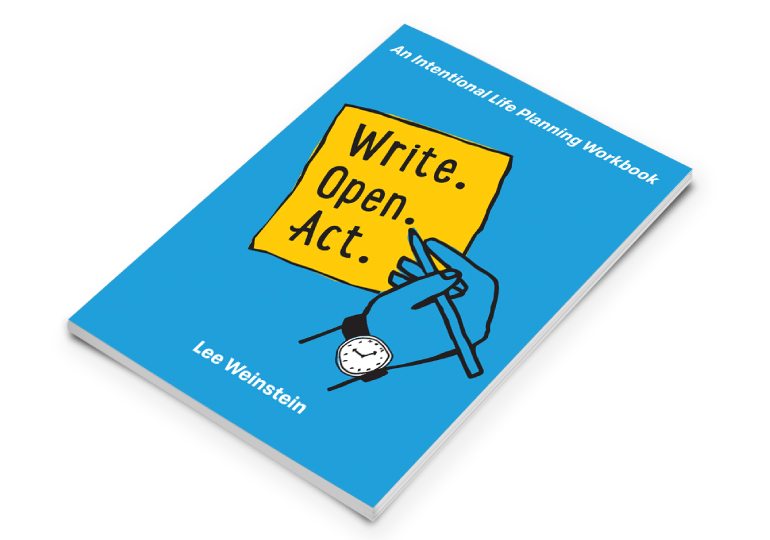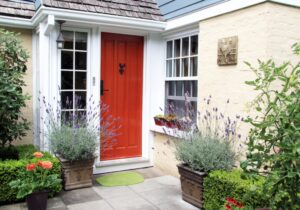Former Nike executive and President of Weinstein PR Lee Weinstein speaks about his new workbook and how to make big-house dreams possible with your partner.
You’ve been doing Intentional Life Plan workshops for years. Why does everyone need a life plan like this?
A life plan is your vision of your life, informed by your values, hopes and dreams. Writing one down—starting by using an online life-expectancy calculator—enables you to look at the time you have here on earth, and how many years and decades you have ahead to make your life’s dreams possible. Most people do not have written life plans. In fact, a DHM Research survey found that 87% of Oregonians do not have written plans.
How did the Intentional Life Plan come about?
Melinda and I invented our Intentional Life Planning process soon after we were married. We met one Saturday morning in our kitchen with a 12-foot-long sheet of butcher paper. I started by asking her how long she thought she would live. She replied, “About 88 years.” I replied I thought I’d live to 80 or so. We wrote our expected death dates at the far right-hand side of the sheet, and the current year on the far left, and then numbered off the years in between and divided them into decades. It was pretty easy for us to see the five decades we had ahead and to start talking together about what we wanted to do.
What should couples know about the process?
Creating a life plan together is a tremendously intimate and exciting exercise. It brings people closer and is fun, — even romantic.
What do you think prevents couples from getting on the same page about their life goals?
Sometimes members of the couple come in with agendas and things they think the other person “should” do. We encourage people to speak from their hearts and truths, and to use “I” statements and talk about themselves, but not to put the onus on what the other person “should” do. Sometimes couples find the structure of a workshop helps them work better together.
You and your wife, Melinda, went through a very specific process to make your dreams of owning a home in the Gorge possible. Can you describe what that looked like?
Something happens when we write things down. It activates things in us. It activates the universe. We are visual creatures, and having it hanging in our home and seeing it out of the corner of our eye reminds us what our life goals are. One of the things we talked about when we began this process was where we wanted to live in the coming decade, and where we’d like to live nearer to our end of life. One thing we wrote down was “Buy a farm in the Gorge,” and that goal was about five years out. We then spent the next four years looking at different communities out here before discovering Dufur and sunny The Dalles. We now live on 80 acres on the east side of Mt. Hood.
How can couples best dream together?
For couples, we advise first that you do some work independently as individuals. We have a series of soul-searching questions we want people to look at individually, then come together as a couple and share what each has written. One person goes first as the deliverer, the other is the receiver. Just listen; then switch roles. One of the most powerful moments in our workshops comes next: We ask couples to go on a walk together. Talk along the way. Ask each other about your dreams. Where do you want to be in 5, 10, 15 years? If you threw everything up in the air and did something completely crazy, what would it be?
What’s your advice for navigating the stresses involved in any building or renovation project as a couple?
In our workbook, we have a template to help people break down big projects like a home remodel into action steps. For our home in the Gorge, it was a very equal process. We didn’t assign tasks to each other, we both volunteered what we would do. We met monthly to not only look at our life plan for the year but also to look at how we were doing on with our renovation action steps and what we needed to do next or what was blocking things. That being said, I also subscribe to the theory that a wife is right 98% of the time, and I never argued the other 2%.
Read more at: writeopenact.com









